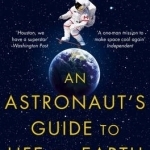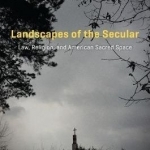
Landscapes of the Secular: Law, Religion, and American Sacred Space
Book
"What does it mean to see the American landscape in a secular way?" asks Nicolas Howe at the outset...
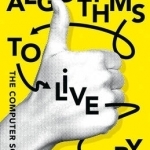
Algorithms to Live by: The Computer Science of Human Decisions
Brian Christian and Tom Griffiths
Book
A fascinating exploration of how computer algorithms can be applied to our everyday lives. What...
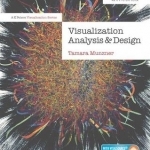
Visualization Analysis and Design: Principles, Techniques, and Practice
Book
Learn How to Design Effective Visualization Systems Visualization Analysis and Design provides a...
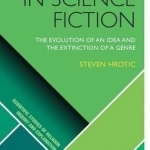
Religion in Science Fiction: The Evolution of an Idea and the Extinction of a Genre
Book
Religion in Science Fiction investigates the history of the representations of religion in science...
Goddess in the Stacks (553 KP) rated An Astronaut's Guide to Life on Earth in Books
Sep 7, 2017
It does appeal to how I like to read about science, though. I love reading about scientists. How they worked, how they made their discoveries, the paths they took. Who they were. I’m less interested in the actual science. This is part of why I loved A Short History of Nearly Everything, by Bill Bryson, so much. I borrowed that book from the library and read it cover to cover, fascinated. Finally had to buy my own copy.
Hadfield took space exploration and made it accessible to everyone. According to the book, he didn’t even quite realize how big of an impact he was making at first. But between tweeting pictures from the ISS, making videos of how different life was in space, and making music videos, he really did become the most well-known astronaut of our generation. I remember putting his video of I.S.S. (Is Somebody Singing) on repeat when it came out – and it STILL gives me chills today.
He only briefly talked about Is Somebody Singing in the book, which I found surprising, given it was the one that hit me the hardest. He spent more time talking about filming and recording Space Oddity – which does have 36 million views, to I.S.S.’s 2 million. So I suppose that makes sense! (I'm going to attach both videos to the book page.)
One thing he keeps coming back to in his book is his philosophy of trying to be a zero. That doesn’t sound very ambitious on the surface – but what he means is you can be one of three things in a group. You can be a negative impact (a -1) a neutral impact (a zero) or a positive impact (a +1). If you try to be a +1, it’s far likelier that you’ll try too hard, fuck up, and instead become a negative impact. So aim to be a zero. And most of the time you’ll wind up as a positive impact. I thought that was a very unique philosophy.
You can find all my reviews at http://goddessinthestacks.wordpress.com
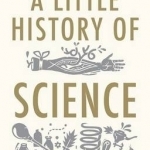
A Little History of Science
Book
Science is fantastic. It tells us about the infinite reaches of space, the tiniest living organism,...
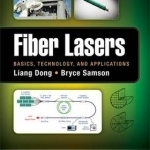
Fiber Lasers: Basics, Technology, and Applications
Dongmei Liang and Bryce Samson
Book
The fiber laser, with its humble beginning in the late 1980s, has undergone tremendous development...
Science and Technology Policy in the United States: Open Systems in Action
Book
During the latter half of the twentieth century, federal funding in the United States for scientific...
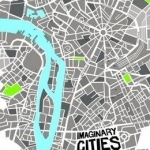
Imaginary Cities
Book
Inspired by the surreal accounts of the explorer and 'man of a million lies' Marco Polo, Imaginary...
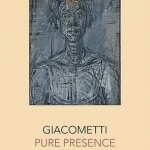
Giacometti: Pure Presence
Book
Since his death at the age of sixty - four in 1966, Alberto Giacometti has become recognised...
